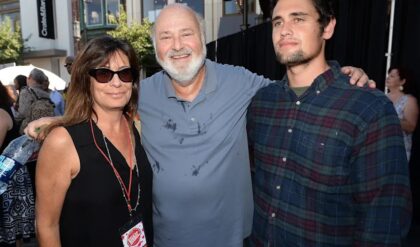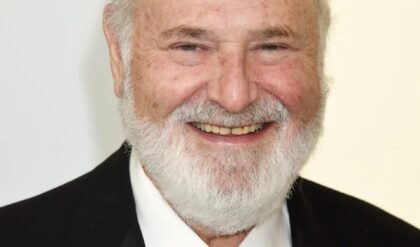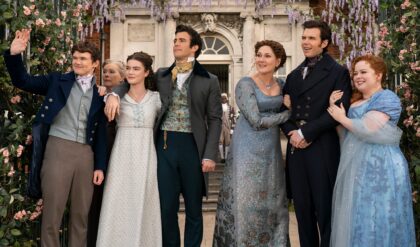
The Lord of the Rings trilogy was a masterpiece, especially when it came to the visuals. By utilizing CGI only when necessary and working with as many practical effects as possible, the films felt more real. But has Rings of Power managed to find the same balance between the two?
I was a little concerned about how exactly Amazon Prime Video would bring Middle-earth to life when I first heard they would be working on a new Lord of the Rings story. The worry was that it would turn into a heavy-handed CGI nightmare, much like a lot of my favorite franchises have turned into in recent years. The first season, however, visually left me pleasantly surprised. The show blended practical effects with CGI in a complementary fashion, with some stunning results. There were real moments of beauty to be found, but then season two, episode four came along.
What made Lord of the Rings so peerlessly stunning?
 (New Line Cinema)
(New Line Cinema)
The Lord of the Rings movie trilogy was a masterclass in blending practical effects with CGI. The films relied heavily on prosthetics, creating miniatures of locations such as Helm’s Deep and Sauron’s Tower (not so miniature in reality), and even building entire towns on location to bring authenticity to the series. Of course, CGI was used—it’s kind of hard to run across a cave troll willing to be caught on camera—but it was used sparingly. Even then, they worked extremely hard to create new technology to make it seem as natural as possible, and it holds up 20 years on.
This didn’t translate as well to Peter Jackson’s next attempt at a J.R.R Tolkien adaption, with the visuals in The Hobbit falling short as CGI seemed to be used more prominently. That was the worry many of us had when we heard about Amazon Prime Video’s Lord of the Rings: The Rings of Power. Would this be another sloppy CGI mess? However, during the first season, I had been reassured. The show did utilize CGI, but it appeared cleaner and better than I had imagined. The sixth episode of the first season, ‘Udûn’ was a fantastic example of using CGI and practical effects well, with an epic battle scene capped off with the explosion of Mt. Doom.
I was placated; it looked great (even if some elements of the story left something to be desired), but on Thursday, I saw something that made me shudder, and not in the way it was intended to.
The barrow wights …
 (Prime Video)
(Prime Video)
In season two, episode four, the elven warriors led by Elrond and Galadriel come across the barrow wights. Tolkien wrote of these evil spirits of old kings and warriors that haunt burial mounds and pull anyone who wanders across them to their death. They were meant to be terrifying, but they just weren’t. They were Disney-fied. Lord of the Rings had me terrified of the Nazgûl, of the dead spirits lurking in the marsh, the entrance to the dead under the mountain, but here, I felt nothing. The CGI wasn’t bad as in clunky (à la Doctor Strange’s third eye); it just didn’t work in getting the right feel.
The blue floating eyes honestly pulled me out the most. They looked like something you might see in a Disney horror movie; think the 2023 flop Haunted Mansion. I feel like the Dementors in Harry Potter did a better job while still being family friendly. Also, the way they disintegrated was just … meh. I want to see real bones, old bones, clattering to the ground, not mist away. The music didn’t help; what should have been a haunting moment became too upbeat, too triumphant. The entire scene pulled me out of the show, and I didn’t feel like I was in Middle-earth anymore.
Tolkien’s world is dark and disturbing at times, but this scene is not that, and these creatures were not that. I felt let down by the visuals here and will have to see whether the show makes it up in the future.




